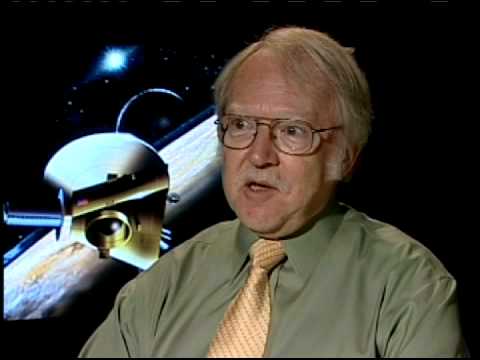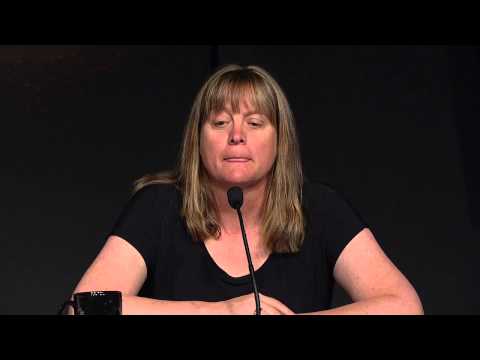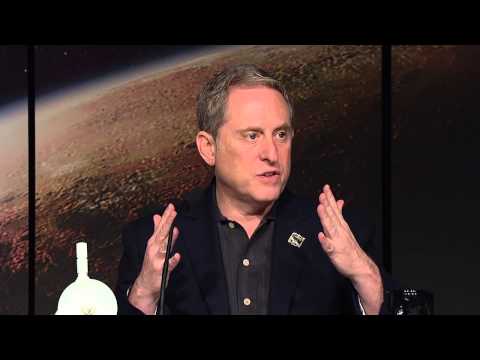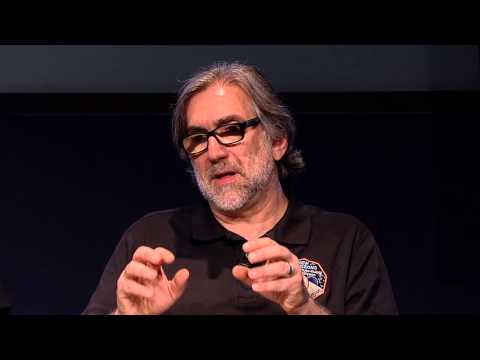At approximately 7:49 a.m. on July 14, NASA’s New Horizons spacecraft is scheduled to be as close as it will get to Pluto, approximately 7,800 miles (12,500 kilometers) above the surface. This historic moment is part of NASA’s coverage of New Horizons’ nine year, three billion mile journey to the Pluto system to gather data about Pluto and its moons.
New Horizons Arrives at Pluto

Comments
4 responses to “New Horizons Arrives at Pluto”
-
Great, now we have to see eris too im curious how eris looks like
-
♋♑–♈♎⛎–♌
Small Solar System Bodies, of Jovian influences; aka cardinal regions of "the mass populations"Greetings, sentient souls,
Thank you NaSa JPL!! Almost 13 orbits later, after gathering, assessing & analyzing mounds of data, the regions of space have been carefully sorted, incorporating some artistic license from an ancient star navigation culture.
Version 3, scientific discovery-based astrology protocols, elaborates the Jovian territory, and past the Neptune system (30AU), where hidden resonance patterns form, from the gravitational "ripples" created by the Jupiter-Saturn and Uranus-Neptune twins.
They come into influence and affect the placement, inclination and eccentricity of these SSSB orbits
This planetary cartography update includes the distant sparse regions towards the HelioSphere (HS) shield and the surrounding InterStellar Medium (ISM)With a visual assistance 'parallel' from the 17-symbol Baybayin Polynesian Abugida, it (symbol/sound) accounts for extra regions after the 13 astrology symbols level off.
the Semi Major Axis, SMA or mid-point orbit, assigns the SSSB or Plutoids to a region. These regional boundaries are based on Astronomical Units (AU) of distancing, and the boundaries based on Jupiter's (Ripple) Resonance, distant and subtle gravitational effects
+++ +++
Kirkwood Gap A – 4:1 @ 2.06 AU© Kanser R4: ♋ (Ha) 2.2-3.1 AU
"Inner Asteroid Belt"
18:5 – Gaspra, Annefrank
13:4 – Vesta, Steins
19:6 – Nysa, Lutetia
23:8 – Masursky, Amphitrite
19:7 – Juno, Eunomia, Angelina
18:7 – Ceres, Pallas, Pandora, Thisbe
19:8 – Psyche, Kalliope
20:9 – Interamnia
11:5 – 52Europa
17:8 – Hygiea, Euphrosyne, DavidaKirkwood Gap B- 2:1 @ 3.27 AU
+++ +++3.7-4.2 AU ♊+♋ Hilda Triad Asteroids @ L3, L4, L5 alignment/ population +5000, has 3:2 Resonance with Jupiter
—
5.2 AU ♊+ ♋Trojan Asteroids @ L4 & L5 / population +1M; 1:1 orbit
— Gemini R3
5.2 AU ♊A +♍ Satellites +80
9.5 AU ♊B + ♍ Satellites +80
— Aquarius R11
20 AU ♒A + ♍ Satellites +27
30 AU ♒B + ♍ Satellites +14
— —
Jovian TWIN Atmospherics region: 5.2–9.5–+–20–30 AU:
🐅(Felis)–♊(Ma)-+-🐕(Canis)–♒(I/E)
+ Moons/Satellites ♍(Sa)© Capricorn R10: ♑(O/U) 5-30 AU 'Centaurs + Comets'
• Chiron, Chariklo, Bienor, Pholus, Asbolus, Nessus, Echeclus, Amyous, Hylonome, Thereus
—
® Region14: (La) 31-36;41 AU "Tartarus", a gravitational 'Abyss'
•Niku, [79969], [533211], [532027]
—
© Aries R1: ♈(Na) 37-40 AU "Plutinos + Plutoid Halos"
{JRR: 19:1 to 22:1, or 226-262 opr}
• Hades-Charon°°°°, Orcus°, Huya°, Ixion, Rhadamanthus, Typhon;
• Trinaries: Lempo-Hiisi+Paha
—
© Libra R7: ♎(Da/Ra)🐎 42-47 AU "Classical/Cubewano" + Halos, Kuiper belt Plutoids {JRR- 23:1 to 28:1, or 274-333 opr}
• Haumea°°, Makemake°, Quaoar°, Salacia°, Varda°; Chaos, Albion, Varuna, Deucalion;
• Binaries: Sila-Nunam, Logos-Zoe, Borasisi-Pabu,Teharonhiawako-Sawiskera
• Trinaries: Arrokoth+Ultima+Thule
—
®15: (Pa) 48-62 AU aka "Scattered Disc" or SD1 Plutoids
{JRR- 29:1 to 41:1 or 345-488 opr}
• Buffy, [532037°], [523635], [532671]
—
© Ophiuchus R13: ⛎ (A) 63-72 AU
'SD2' Plutoids
{JRR- 42:1 to 49:1, or 500-583 opr}
• Eris°, Gonggong°, Dziewanna,
G!kùn||'hòdímà[229762]°
—
®16: (Wa) 73-89 AU aka "Termination Shock" Plutoids
• [145480], [523794°], [2015TH367], [2014FC72]
—
®17 (Nga) 90-126 AU aka "Helio Sphere" Plutoids
• Far-out, DeeDee, Ceto-bin,[528381],
—–
© Leo R5: ♌ (Ya) +127 AU aka Inter Stellar Medium of "Sednoids" + Planet9🐲
• Sedna°, Biden, TheGoblin, Caju
— —– —
Thank you and please help share the Aquarian awareness. ♒:♒
— — —
* JRR : Jupiter Ripple Resonance
* opr : Orbital Period Range
* [temporary scientific designation]
* examples include •
* ® Regions: 14(TA), 15(SD), 16(TS), 17(HS)
* © Classic astrology naming
* number of moons/satellites °°°°°note:
* Centaurs are (dwarf) planets & inner Comets that orbit in-between the 4 Jovians, but not past Neptune
* Sednoids are Plutoids, both dwarf planets, who exist mostly outside the HelioSphere. Their SMA is greater than 127+ AU
* HALOS are zero eccentricity orbits, aka perfect circles and ideal distance markers -
Boy that old iTunes logo and Google+ before it was canned
-
I know I'm very late but congrats




Leave a Reply